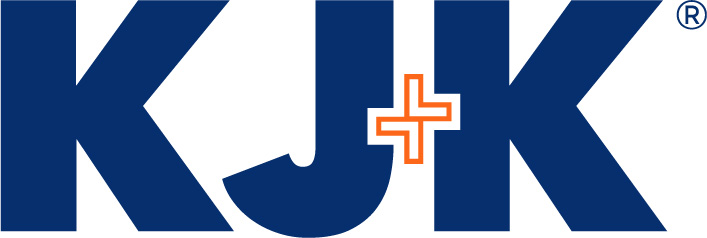By Alexis Preskar and Alan Rauss
Ohio prohibited bars and restaurants from offering sit-down service, so many businesses are offering delivery for the first time to make up for lost customers. While everyone is doing their best to stay flexible and make ends meet, employers must make sure they are still following the wage and hour laws as employees shift roles.
If you don’t typically have staff serve as delivery drivers, there are two wage and hour laws you must make sure you’re following:
- Paying mileage, and
- Paying tip-credit minimum wage.
To be clear, this applies to drivers employed by the bar or restaurant directly, not delivery services like Postmates or GrubHub.
Mileage
Employers must pay delivery employees for their mileage incurred in delivering. You can either:
- Pay drivers for the actual incurred expenses, or
- Pay drivers at the IRS rate of 57.5 cents per mile.
The first option is less common because it is time-consuming, though it may save employers money. The second option is much more practical and also “safer” for employers as there’s less doubt that they cut corners or tried to shortchange employees. Typically, employers will require drivers to note their car’s total mileage at the beginning and end of a shift.
The mileage rule also does not apply to people driving a company vehicle. The thought is the employer is already paying for the vehicle’s mileage, and the driver is not entitled to additional money because there is no wear and tear to the driver’s own car.
Tip-Credit
Restaurants typically pay servers and others who work for tips on a “tip-credit” basis. This means that the employer has to pay at least $4.35 per hour, with the expectation that the employee will cover the remaining $4.35 to get to Ohio’s $8.70 minimum wage.
As business slows down, it is likely employees will not be able to make up their minimum wage with tips. The employer is responsible for ensuring that employees are paid minimum wage, meaning employers must make up the difference between the $4.35 and tips to make sure employees are paid at least $8.70 per hour. Similarly, if the server is now working as a delivery person, if the tips earned while delivering do not make up the difference between $4.35 and $8.70 per hour, the employer must make up that difference.
For additional information on lay-offs and unemployment during COVD-19, please see our article here.
If servers or others who work in a tip-credit position become delivery drivers, there is no change to how they are paid (aside from mileage). However, if employers switch non-tip credit employees to drivers (such as cooks), these employees can be shifted from regular minimum wage to tip-credit for the time they are driving.
Also, employees who work on a tip-credit basis must spend no more than 20% of their time per week on non-tipped tasks, such as cleaning, rolling silverware, etc. Once they shift into more than 20% on non-tipped tasks, they must be paid regular minimum wage.
Shifting employees back and forth from tip-credit to regular minimum wage can be confusing for both employer and employee, and the best way to protect against that confusion is to make sure that you are keeping accurate records.
Why it Matters
The COVID-19 closures are hitting restaurants, bars and their employees especially hard. But this crisis does not suspend the normal labor rules, and employers who do not comply risk a later lawsuit from employees for back wages. In a wage and hour case, the employees can also recover their attorney’s fees, meaning employers need to be extra careful to avoid running afoul of the law. Additionally, while employees may offer to pitch in for free or waive off the mileage reimbursement, employers must still pay as employees cannot waive their right to receive minimum wage (except in certain circumstances which do not apply here).
If you have questions about employment law in the age of COVID-19, please reach out to Alexis Preskar at avp@kjk.com or 614.427.5748, or contact any of our Labor & Employment professionals.
